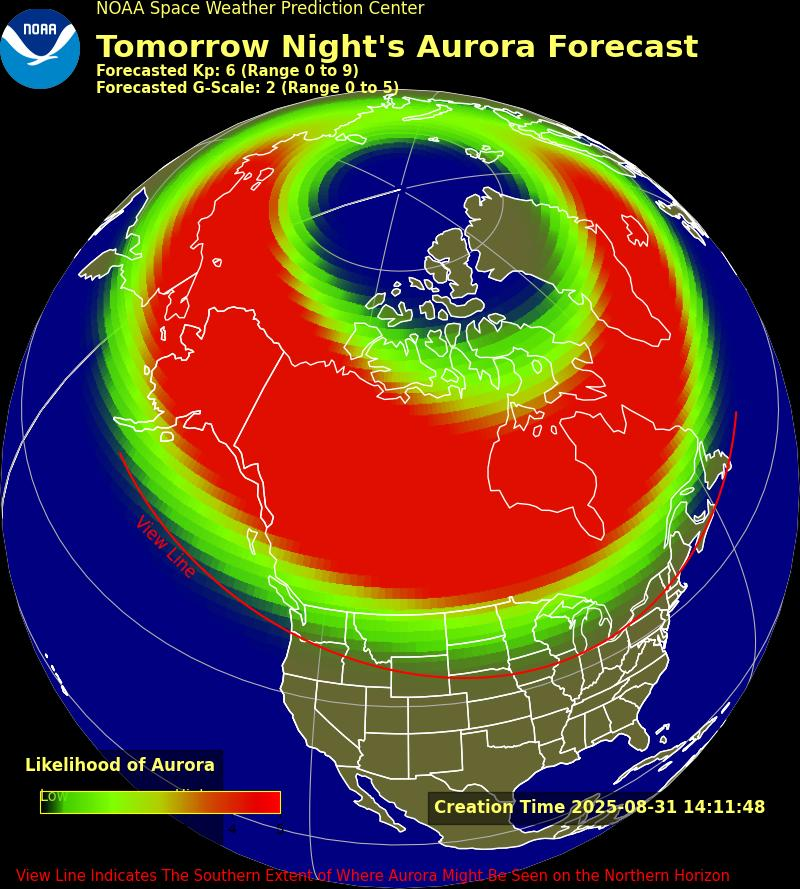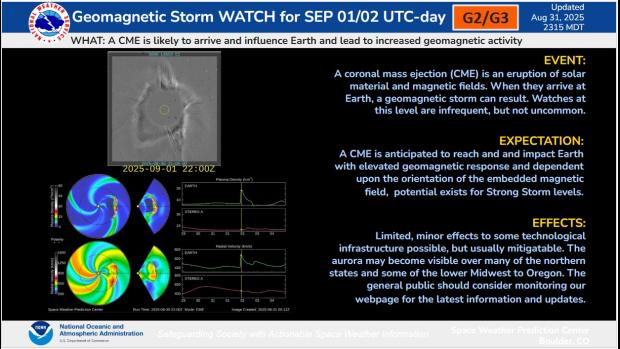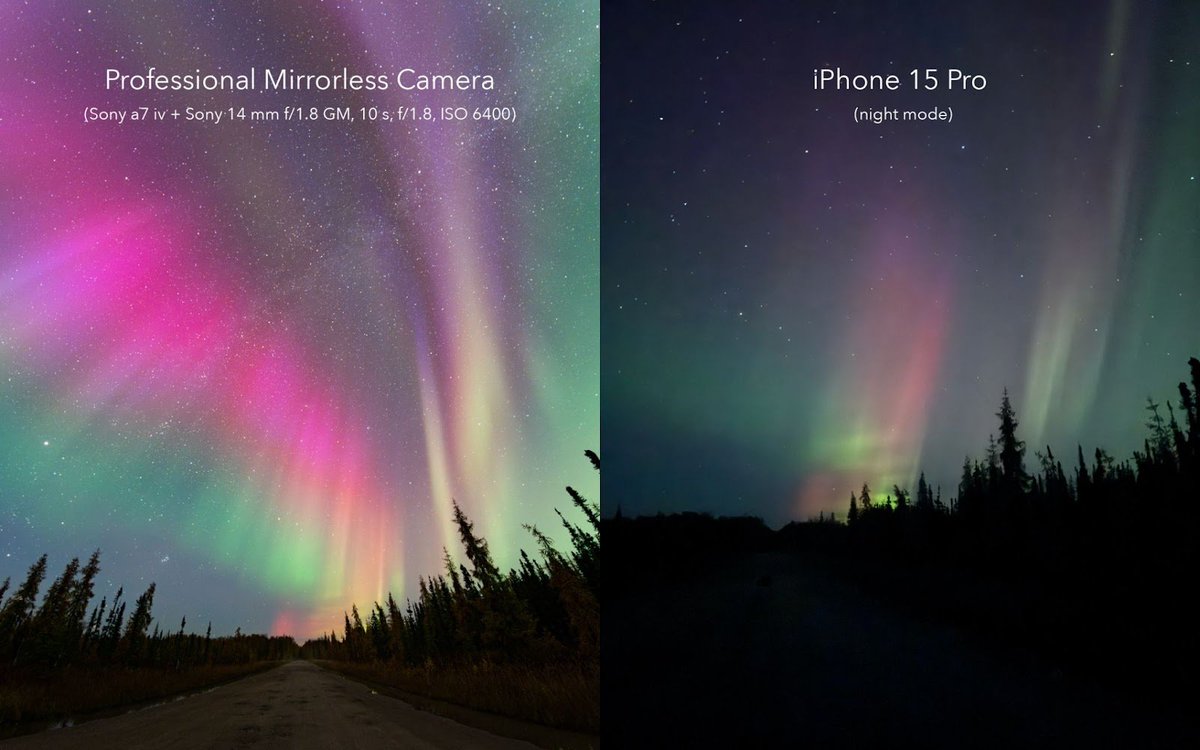Hi, everyone! I made a quick guide with my tips of how to see the aurora, since I get this question a lot! It covers where and when to go as well as some insider tips to improve your chances to see the lights.
Read on!
Read on!

Thanks for reading my guide! Let me know what you think, and if you have any feedback on how I can improve future guides, don't hold back! While I like to share photos on here, I enjoy helping others experience the beauty of the aurora even more!
#aurora #northhernlights
#aurora #northhernlights
• • •
Missing some Tweet in this thread? You can try to
force a refresh

























